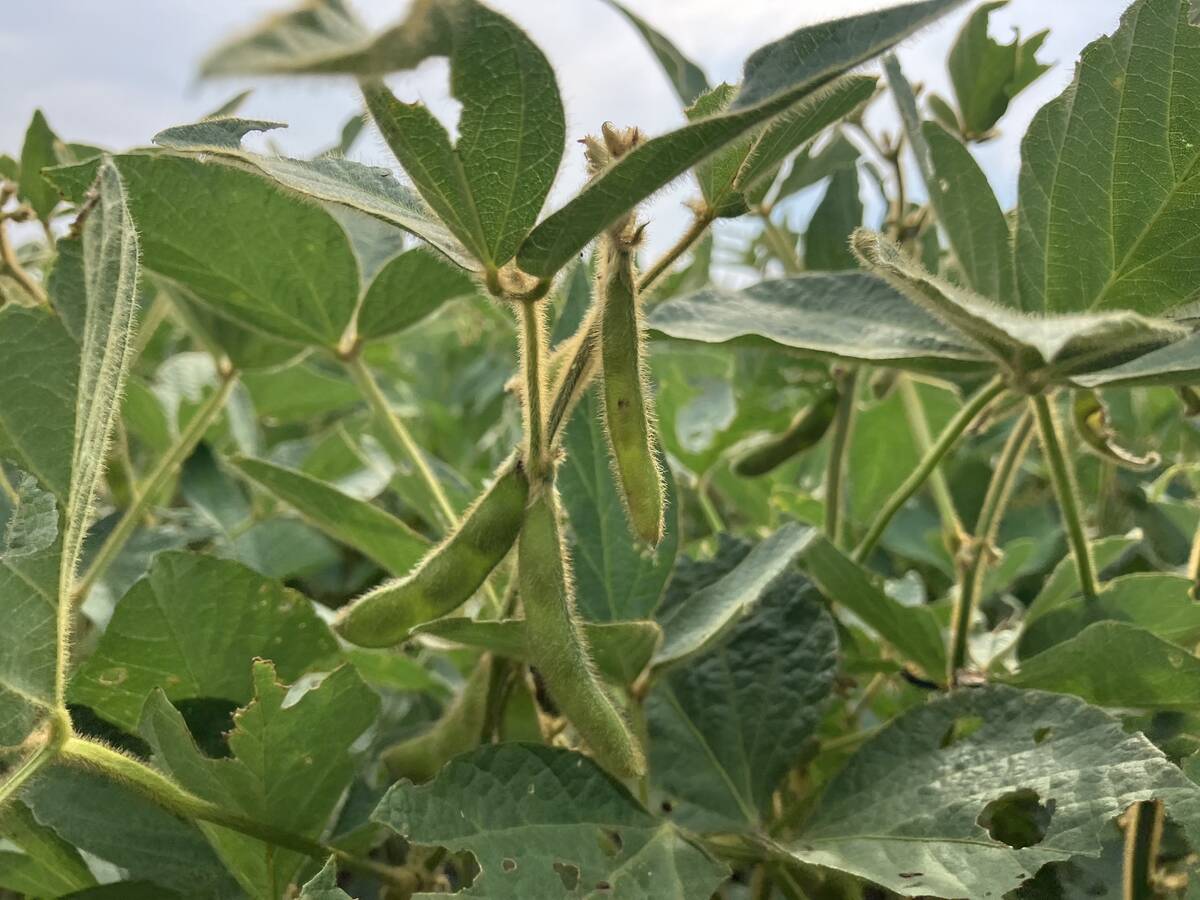Cleavers have become a constant in the northern grain belt of Western Canada and pose significant threats to canola yield and quality.
The pest’s ability to operate as either a winter annual, getting up early in the spring as toughened, established competitor or as a spring-germinated weed.
First, the good news. If the fall is open enough, the snow stays away until October, glyphosate will generally kill the seedlings. In the spring, provided the glyphosate killed the fall annuals, the weed’s seeds will start to germinate when soils are as cold as 2C. And the remaining available seeds will try to get started by the time it is 5C to 6C.
Read Also

Proposed dicamba restrictions please expert
Pest Management Regulatory Agency proposes banning “over-the-top” spraying of dicama on soybeans.
With those April-like soil temperatures, a spring burn-off with glyphosate will also be very effective on the pest ahead of planting.
All the other information about gallium, cleavers, and its control is bad news.
Why the plant has grown to be such a problem across the region has been widely debated. The small seed size, the same as canola, makes them nearly impossible to remove from an open-pollenated batch of saved seed. It might have started to spread at a time when those varieties still made up a larger portion of canola plantings, or from the occasional brown-bagging of second generation, previously hybrid genetics.
The plants have spiky spines on their stems and the seeds are bristling with tiny spikes, allowing mature weeds to hitch a ride on migrating waterfowl and on other wildlife in the region. To make matters worse, the seeds tend to survive being passed through digestive tracts. Plants allowed to survive until harvest time, those tending to keep their seeds until later in the season, will produce up to 400 seeds per plant.
A few different populations of the weed exist in Western Canada, including gallium spurium and galium aparine.
Unfortunately, some have become resistant to Group 2 and Group 4 herbicides and researchers at the University of Saskatchewan feel there is a good chance the weed might become tolerant of glyphosate at some point.
Avoiding that peril will require a two active-ingredient approach to burn-offs and fall control. Doubling up will help ensure both tools remain effective.
Like most winter annuals, seedlings that get a good start in the fall are tougher to kill in the spring with a simple glyphosate application, so targeting fall control can be important.
Agriculture Canada has recently shown that preharvest applications of saflufenacil, diquat, glufosinate, saflufenacil plus glyphosate, diquat plus glyphosate, and glufosinate plus glyphosate all were able to reduce cleavers to less than two percent contamination of harvested canola. Saflufenacil with glyphosate was shown to get that down to less than one percent. The research used some products outside of the label recommendations, applying these at 60 to 75 percent colour change, so this could be an obstacle to adoption of all of the tools.
The seed viability was significantly harmed by the preharvest products, meaning that the chemicals reduced the seedbank potential of cleavers.
Fluroxypyr-containing products are a good choice in cereals, except for Group 4 tolerant weeds. The loss of Group 2 tools for peas is also a problem. Sulfentrazone and carfentrazone mixed to create Authority Charge as a soil applied pre-seeding product can take care of pests that emerge after planting, but the combination works best if there is some rainfall after application.
Group 13, clomazone is another soil-applied herbicide that can be added to a spring burn off and can be effective on the first flush of the pests.
In canola, glyphosate is effective, but it needs to be applied at the higher end of the recommendations. Glufosinate isn’t as effective when applied in a single pass and generally will require a second, heavy application.
Quinclorac, after several years of market restrictions on the treated crops, has been approved for use and remains one the best tools for controlling cleavers in canola when mixed with glyphosate or glufosinate.
In cereals, products containing dicamba, if the weed isn’t resistant to Group 4, chemicals and a variety of multiple mode-of-action mixes outside of Group 2, are effective post-emergence.
In dry soils, the seeds can remain viable for years, so this might be a case where liberal applications of steel fail to provide reasonable control.















